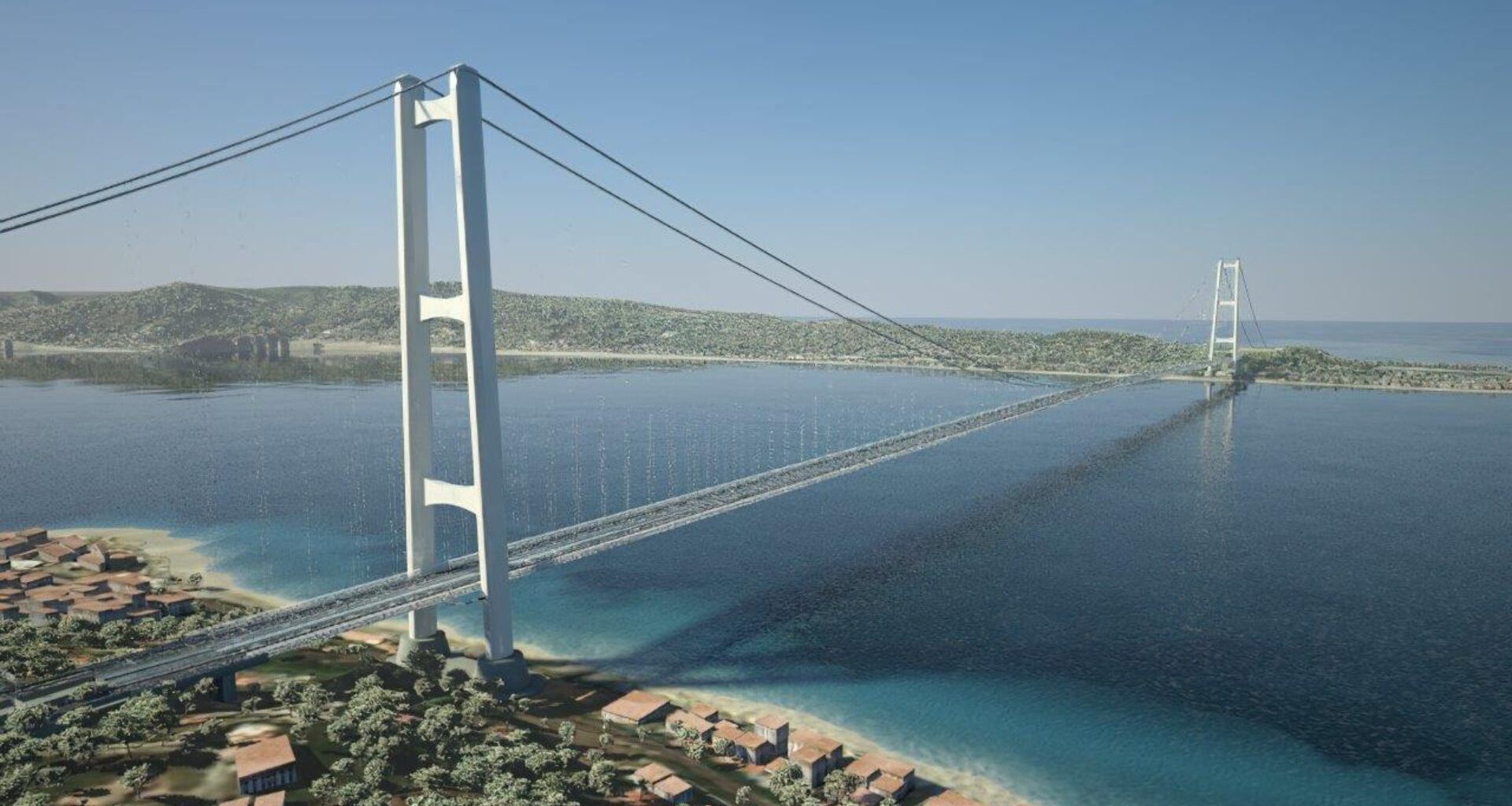After decades of discussion, Italy has finally approved a $15.6 billion project to build the world’s longest suspension bridge.
Reportedly, the Straight of Messina suspension bridge is expected to connect Sicily to the Italian mainland region of Calabria.
The current method for trains to cross the strait is a 30-minute ferry journey. This new bridge aims to provide a faster, more permanent link between the two regions.
The government, led by Prime Minister Giorgia Meloni, is pushing the project as a major investment for Italy’s future.
It is expected to boost the economy and create 120,000 jobs annually in two of Europe’s poorest regions (Sicily and Calabria).
“The project will be fitted with the most advanced technologies for safety and maintenance. It will also be built according to the highest international engineering standards. It will serve as an extraordinary opportunity for the future of young people,” said Pietro Salini, Chief Executive of Webuild.
Protection from earthquakes
The proposed bridge over the Messina Strait is a massive engineering project.
The final design calls for a 3.3-kilometer (2.05 miles) span. Its structure will be supported by two towering pillars, each standing 400 meters (1,300 feet) tall.
The bridge’s deck will be multi-purpose, featuring two railway lines in the center to facilitate train travel between Sicily and the mainland. On either side of the railway, there will be three lanes of traffic, providing ample capacity for vehicles to cross the strait
The final design for the Messina Bridge includes extensive earthquake resistance measures. Experts state that suspension bridges are naturally resilient to seismic forces.
The bridge will be engineered to be more robust than needed to withstand an earthquake even stronger than the 7.1 magnitude quake that devastated Messina in 1908.
The goal is to finish the bridge between 2032 and 2033.
Why did the bridge face several delays earlier?
The Messina Bridge project is the latest attempt to connect Sicily to mainland Italy, a dream that has existed for years.
Reportedly, the idea has been proposed, approved, and then canceled multiple times.
Critics worry about the cost, environmental impact, and potential for mafia interference. The project still needs approval from the Italian Court of Auditors and several environmental agencies.
Local residents and politicians are also concerned. Some fear their properties will be taken, while others, like Senator Nicola Irto of the Democratic Party (PD), argue that the money should be used for schools and healthcare instead.
Reportedly, the mayor of Villa San Giovanni, a town where the bridge would be built, has called for more time for public consultations.
Environmental groups have also raised concerns, pointing out that the bridge’s construction would require millions of liters of water daily, a significant issue in a region that often struggles with drought.
FAQs
What is the bridge’s capacity for trains and cars?
The bridge will be designed to handle a maximum capacity of up to 200 trains per day and 6,000 vehicles per hour.
How will the bridge be protected from seismic activity?
Suspension bridges are considered highly reliable in seismically active regions due to their low sensitivity to earthquakes. This is why many of them are built in areas with a high risk of earthquakes, such as California, Turkey, and Japan—places with a greater seismic hazard than the Strait of Messina.

